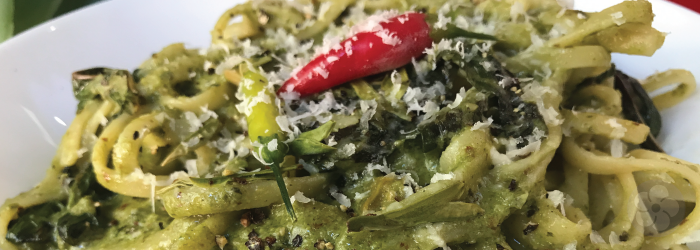5 Teas That Coffee Drinkers Will Love
Here at Red Blossom Tea Company, we love good coffee as much as any San Francisco foodie. The explosion of coffee culture in recent years has given us the opportunity to try a multitude of delicious, single origin beans, and we are always fascinated by the flavor differences produced by different places of origin or roasting styles. To us, this modern approach to coffee makes perfect sense, because it’s the same approach we use to source traditional teas.
For many coffee drinkers, however, tea is still represented by mass produced tea bags - a form we often compare to instant coffee. It’s no wonder that most people associate tea with health benefits or bitterness, rather than complex flavor.
Whether you’re a coffee drinker looking to expand your palate or cut down on caffeine, or a tea fan looking to convert your friends, these single origin, loose leaf selections are the perfect introduction to great tea.
Continue reading










